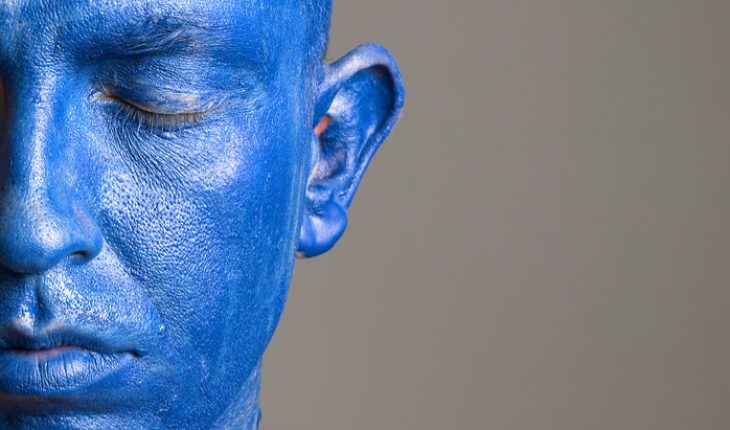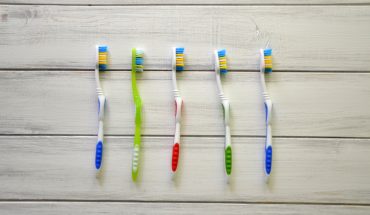Around 100,000 people in the UK have facial palsy which can be caused by traumatic injury, damage after an operation, or simply because of a virus. Bell’s palsy, which can affect anyone at any time of life, is due to a virus which paralyses the muscle. Up to 28,400 people are diagnosed with this each year – the single greatest cause of facial palsy.
The vast majority of people with facial palsy have difficulty blinking.
Every patient is different, and at least half of people normally recover from facial palsy. If symptoms haven’t eased after eight weeks, it is advisable to seek referral to a specialist for further help.
Symmetry of the face is very important to how we look and people with one-sided facial paralysis can look quite shocking. Lots of people assume that sufferers are mentally subnormal but they could just be you or me. Facial palsy is also very inconvenient because it affects lots of functions. For example, the facial nerve controls much of the taste buds on the tongue, so if you have facial palsy you may not be able to taste very much, and helps to dampen down excessive noise in the eardrum. It also controls the salivary glands so people with facial palsy may suffer from dry mouth. Some but not all the facial muscles are affected.
Some patients cannot close their eyes because the facial nerve that controls the muscle that blinks the eye downwards is no longer working. The muscle that holds it open – the levator muscle – may still work however because it is not controlled by the facial nerve.
Around 50 per cent of traumatic cases caused by injury or surgery do get better by themselves within eight weeks but the facial nerve was too badly damaged and did not regain function.
The first port of call is physiotherapy and electric therapy. These can work but only if the facial nerve is just bruised and can recover. We run a specialist facial palsy clinic and see patients from all over the country. Not being able to close your eyes can cause lots of problems ranging from dryness to injury due to particles in the air and hazards like over-hanging twigs. We automatically blink to protect our eyes usually in these circumstances.
Five years ago, I would have recommended that sufferers who do not improve with non-surgical methods have a gold implant, a bit like a thin gold bar, which is typically just over a centimetre long and half a centimetre wide, fitted under her eyelid to allow the patient to close the lid. The extra weight makes the eye lid heavier so it closes automatically when the levator muscle relaxes, pulled down by the weight of gravity. This procedure is used widely across the NHS. But I now think platinum is a much better alternative. It is 10 per cent denser than gold so you can make the implant thinner without losing weight. Platinum is also completely inert. Gold will cause reactions, such as irritation and inflammation, in about five per cent of people.
I helped to design a special system of individual links of platinum which we can join together with nylon loops (essentially tough stitches) to make exactly the length and weight we want.
It looks a bit like a miniature necklace. This is much easier than stitching in a single bar of metal and finding that it is too heavy or too light. We can easily adjust during the initial procedure or later by adding or removing another link in the chain. We did a study at Queen Victoria Hospital in 2013 where we carried out platinum chain implants on 18 patients and found that 100 per cent of patients were happy with the new implants. Only two patients needed adjustments and 80 per cent said that they hardly noticed the implant, compared to just 20 per cent of patients who had a gold implant instead.
Inserting the chain is quite straightforward. I place the links high on the inside of the eyelid, above the eyeball and use a curved needle to stitch the chains in place from the outside in, being careful not to prick the eyeball. The stitches are made of nylon which is very hardy and stays in place for several years before gradually being reabsorbed by the body. By this time, the links have become embedded in the surrounding tissue and stay firmly in place.
When the chain is in place and the eye is open, it sits above the eyeball so it did not come into direct contact with that delicate part of the eye. The new chain means that the eyelid is sufficiently heavy to fall simply because of gravity. The intact muscles are then able to open the eyes when needed.
Over time, the blinking gets better because the muscle tone improves until it is second nature.
- Platinum eyelids - 1st November 2016







